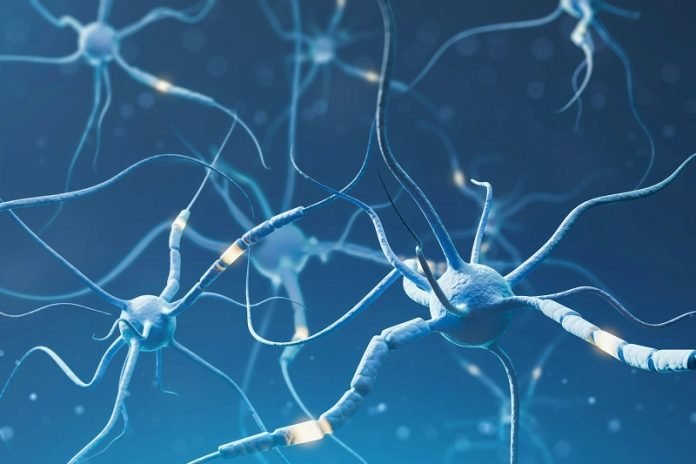
Ever wondered how we remember things from our childhood, like our first trip to the zoo or learning to ride a bike?
A new study in the journal Science Advances offers a biological explanation for how these long-term memories are formed and preserved.
Researchers have discovered a molecule, KIBRA, that acts as a “glue,” helping to solidify our memories.
“Previous studies focused on how individual molecules store long-term memory,” says André Fenton, a professor of neural science at New York University and one of the study’s lead researchers.
“Our study shows how these molecules work together to ensure memories last.”
“A better understanding of how we keep our memories will help in treating memory-related conditions,” adds Todd Sacktor, a professor at SUNY Downstate Health Sciences University, who also led the study.
The discovery of KIBRA’s role supports a concept proposed by Nobel Laureate Francis Crick to explain how the brain stores memories. Neurons in our brains store information as patterns of strong and weak connections called synapses. However, the molecules in these synapses are constantly moving, wearing out, and being replaced, raising the question: How can memories stay stable for years?
In their study, scientists used laboratory mice to examine KIBRA, a protein found in both the kidneys and brain. Human genetic variations of KIBRA are linked to both good and poor memory. The researchers looked at how KIBRA interacts with another molecule essential for memory, protein kinase Mzeta (PKMzeta). PKMzeta strengthens synapses but degrades after a few days.
Their experiments showed that KIBRA acts as a “persistent synaptic tag” or glue that binds to strong synapses and PKMzeta, but not to weak synapses. This binding keeps the synapses strong and helps maintain long-term memories.
“During memory formation, the involved synapses are activated, and KIBRA is selectively positioned there,” explains Sacktor. “PKMzeta then attaches to KIBRA, strengthening those synapses. This allows the synapses to attract more newly made KIBRA and PKMzeta.”
The researchers also discovered that breaking the bond between KIBRA and PKMzeta erases old memories. Previous research showed that increasing PKMzeta in the brain could enhance weak or faded memories, which was puzzling. The persistent tagging by KIBRA explains why additional PKMzeta enhances memory by acting only at KIBRA-tagged sites.
“This synaptic tagging mechanism explains results relevant to memory disorders,” notes Fenton, who is also on the faculty at NYU Langone Medical Center’s Neuroscience Institute.
The study supports a hypothesis by Francis Crick from 1984, which likened memory storage to the philosophical concept of Theseus’s Ship. This idea suggests that memories are maintained even as their molecular components are constantly replaced, much like replacing old planks with new ones to keep Theseus’s Ship intact.
“The synaptic tagging mechanism we discovered is similar to how new planks replace old ones to keep Theseus’s Ship,” says Sacktor. “Francis Crick predicted this mechanism, and it took 40 years to identify the roles of KIBRA and PKMzeta and understand how they interact.”
The study also included researchers from McGill University in Canada, the University Hospital of Münster in Germany, and the University of Texas Medical School at Houston. This groundbreaking research helps us understand the biological processes behind our lifelong memories.
Source: NYU.



